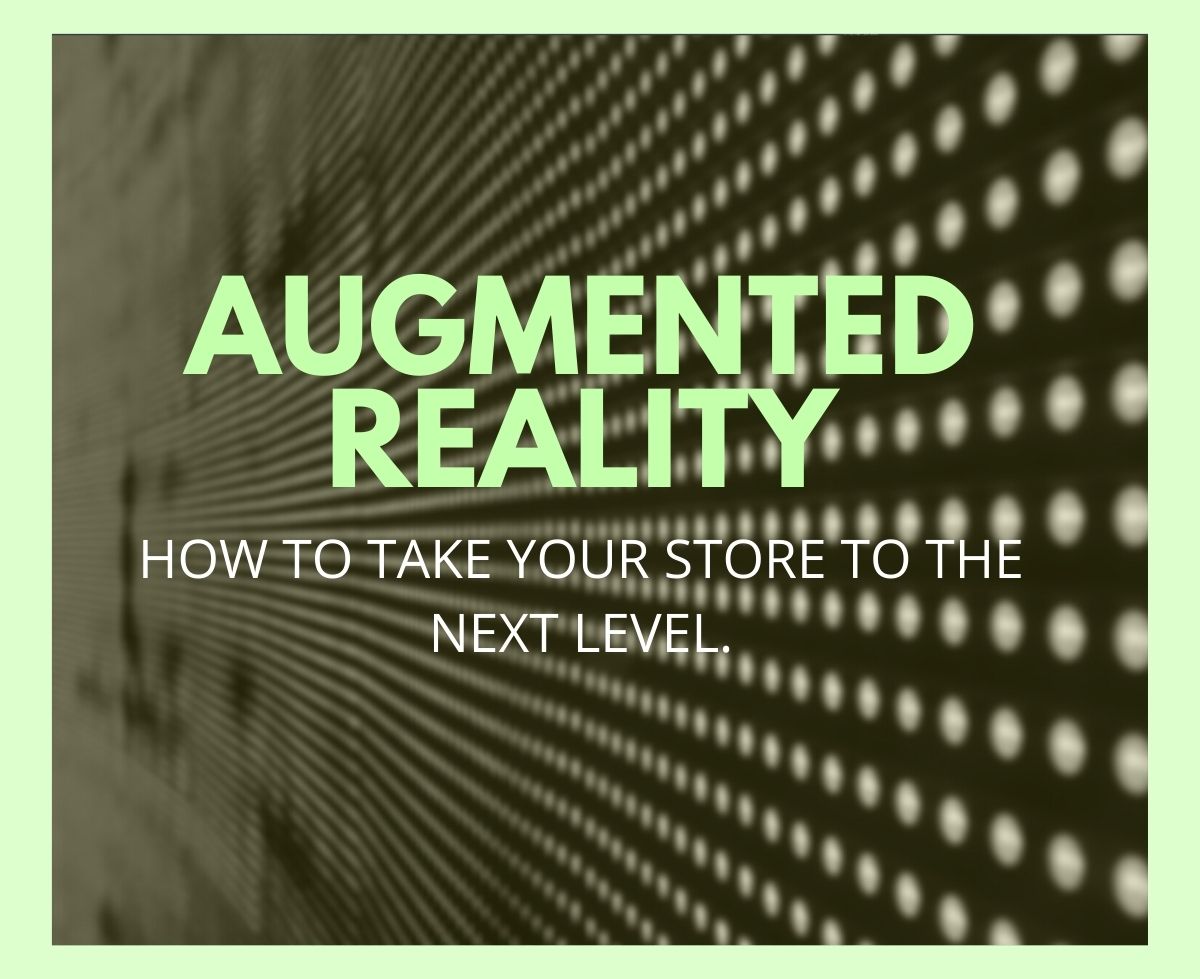Imagine an online store where customers can see the products they desire in front of them — interested in a new carpet? Plop it down virtually in your current living room to see how it will look surrounded by your existing furniture.
This might sound far-fetched, but it's real - and on the rise.
This technology is called Augmented reality (Often referred to as AR); it's the most convenient and rapidly-growing immersive technology available to customers. AR has been around for ages, with the earliest examples being developed in the early 1990s by the US Airforce -yet, AR wasn't ready for the mass consumer market — until now.
The biggest and most famous example of AR consumerism would be the mobile app Pokemon Go. Released in 2016, this mobile game made use of Augmented Reality to display collectible monsters in the real world, only visible through your phone's camera lens. The app erupted in popularity, peaking at 45 MILLION daily users within its first two weeks of being live.
Since then, AR technology has flown under the radar, with no major releases emulating the success of Pokemon Go, but it seems that AR has recently found a new home - eCommerce. Moving holograms, interactive exhibits, and virtual 3D models are the perfect fit for online stores, especially since they allow you to emulate the physical retail experience that disappeared in 2020. Studies have proven that stores that use Augmented Reality have increased customer engagement rates, higher conversion rates, and significantly reduced return rates.
In this blog, we will be discussing what augmented reality means for eCommerce, and how we can use it to take your online store to the next level.
Read the full article here: Augmented Reality: The next big eCommerce trend?








